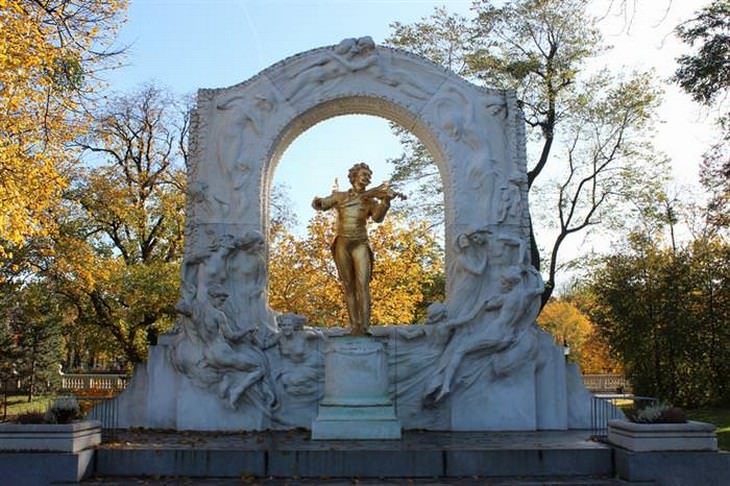
Every country has many places to visit to experience it in all its forms, but there is always one must-see place if you really want to get to know the country properly - its capital city. Vienna, the capital of Austria, is the political, cultural and economic center of the country. It is one of the most visited cities in Europe and has a history of hundreds and thousands of years preserved by its unique structures. If you are planning a trip to Austria, it’s highly recommended that you visit the following 10 sites in Vienna, which we’re sure you’ll never forget!
 The Spanish Riding School in Vienna is a school where traditional riding on Lipizzan horses is taught. There, at the Hofburg Palace, you can see classic training shows for riders, which many people describe as "magical". The school has been active for more than 500 years and currently has 68 horses whose ancestors originally came from Spain and have been training in the riding school since 1735. The shows start with the young horses that demonstrate the first part of the training, continue with the older horses, and finally, you are shown a rider with full control of their horse doing a variety of exercises, some of which include jumps in the air. The performances are set in advance and therefore its recommended to purchase your tickets early. Click here to check dates of the Spanish Riding School show (shows and costs are listed).
The Spanish Riding School in Vienna is a school where traditional riding on Lipizzan horses is taught. There, at the Hofburg Palace, you can see classic training shows for riders, which many people describe as "magical". The school has been active for more than 500 years and currently has 68 horses whose ancestors originally came from Spain and have been training in the riding school since 1735. The shows start with the young horses that demonstrate the first part of the training, continue with the older horses, and finally, you are shown a rider with full control of their horse doing a variety of exercises, some of which include jumps in the air. The performances are set in advance and therefore its recommended to purchase your tickets early. Click here to check dates of the Spanish Riding School show (shows and costs are listed).
Hofburg Palace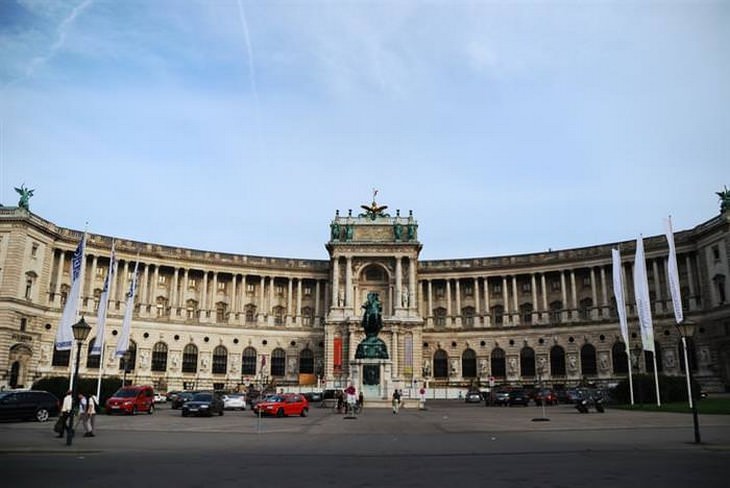 The dome above Hofburg Palace
The dome above Hofburg Palace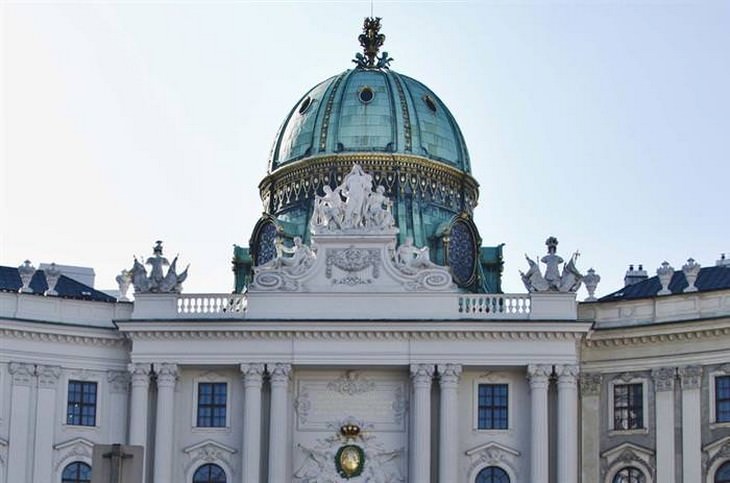
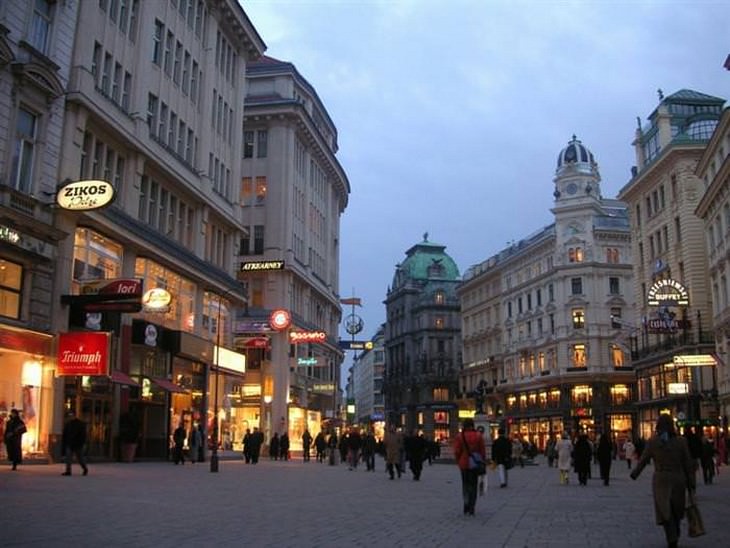
Graben Street is the most famous street in the center of Vienna. The word "graben" means "canal" in German, and the origin of the name comes as a reminder of the days when Roman inhabitants lived in the city during the second century AD. In this ancient period, the city of Vienna was surrounded by walls and a canal. The canal was filled with time and became the first residential street in the city. At first, craftsmen lived on the street in wooden houses, but gradually the street turned into a whole market, which later became the exclusive residential area of Vienna's wealthy. Today there are various shops, some of which specialize in products that symbolize Vienna, such as Viennese porcelain.
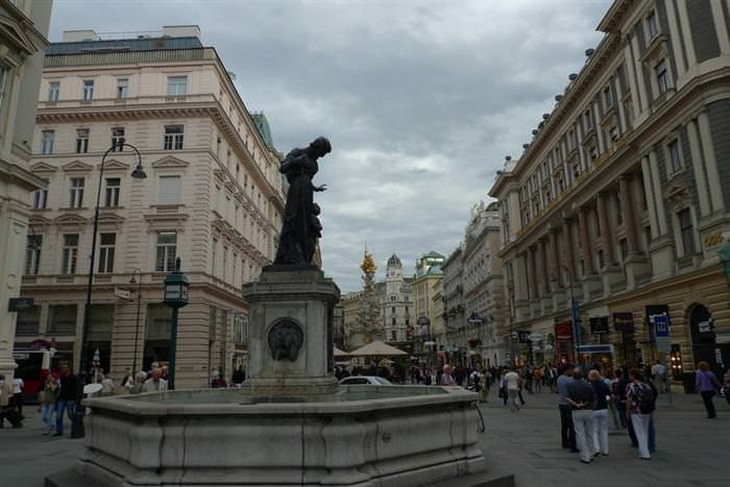
Pillar of the Holy Trinity

If you’re visiting Austria, you’ll be able to see St. Stephen's Cathedral even if you don’t actually go to Vienna, since it is one of the symbols of the country and therefore appears on the 10-cent coin of the Austrian euro. The cathedral was built in 1147 in Romanesque style, but during the 14th century, it was rebuilt in Gothic style. It was destroyed during World War II but was rebuilt and renovated about seven years after the end of the war. In this cathedral, the great composer Mozart was married and his funeral was held here as well. Within the cathedral, you can see 18 altars, each of which was built in another period, as well as impressive works of art from different periods.
The grave of German Emperor Friedrich III Wiener Neustädter Altar
Wiener Neustädter Altar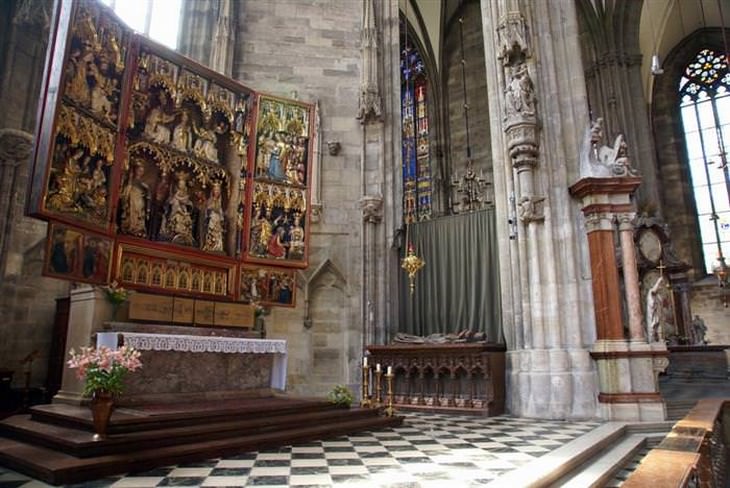
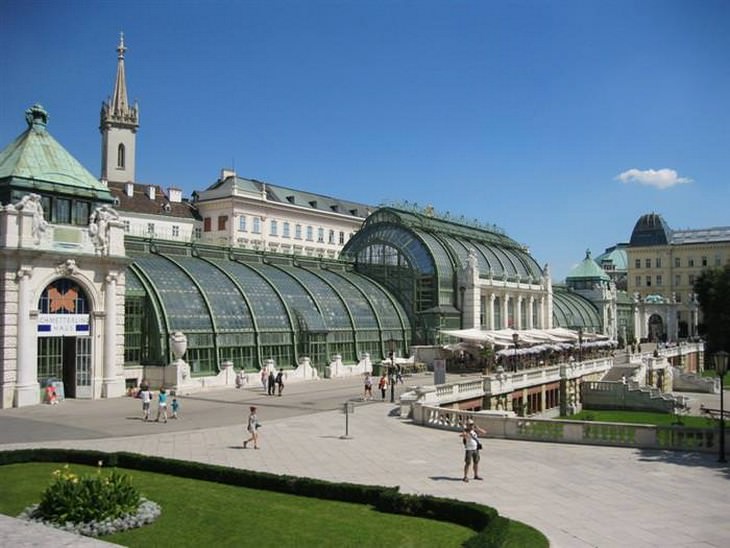
Burggarten was once a royal ornamental garden that was a piece of landscape that resembled England more than Vienna, as it was designed in a way befit of English gardens. This was the court garden of the Habsburg royal family, which ruled the imperial crown for several centuries, from 1273 to 1806. An Austrian ruler, Franz II, used to work in the gardens themselves, and today his work, and that of many others, has allowed travelers to enjoy them. The garden holds a monument in memory of Mozart, and on the northern side of the garden, there is a beautiful palm house that shouldn’t be missed because there you will see tropical butterflies flying in all directions making the place all the more charming. The Palm House
The Palm House
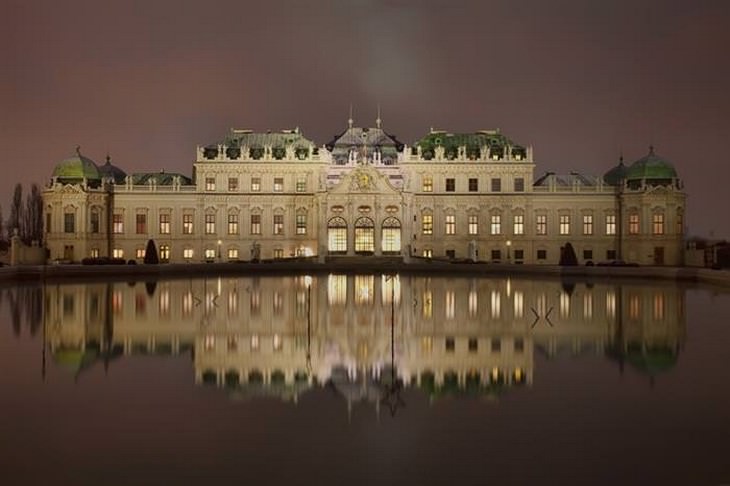
Belvedere Palace is an inseparable part of Vienna’s history, when in fact it contains several royal buildings, royal stables and a conservatory built during the 17th century in the Baroque style. Prince Eugene of Savoy used this palace as his vacation home, and during the French Revolution, it was the home of many aristocrats who fled from France. We recommend reaching the upper palace at night when it's all lit up, which will allow you to see one of the most beautiful views you'll ever see in Vienna. To enjoy the palace's attractions, you must purchase a ticket for each attraction or a package of 3-4 combined attractions. Click here for information on the visit to the Belvedere Palace. A marble ceiling painting commemorating Prince Eugene as the leader of the Muses
A marble ceiling painting commemorating Prince Eugene as the leader of the Muses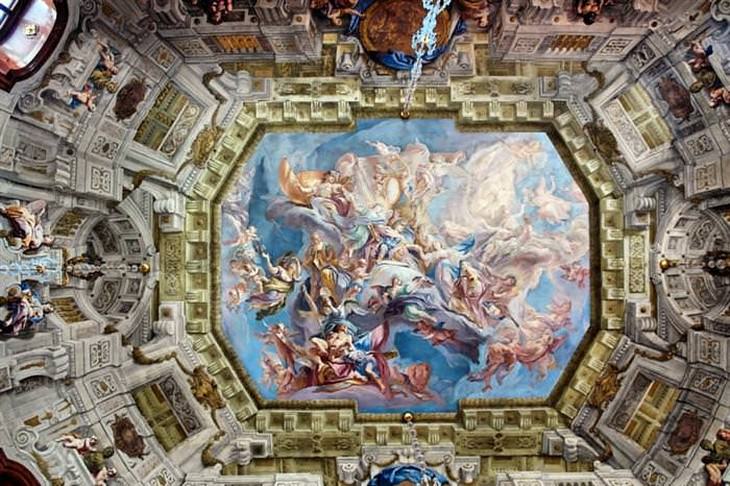

The National Theater of Vienna, the Burgtheater, is famous for its German plays since it was founded as a royal theater in 1776 by Emperor Joseph II. Following a fire that destroyed it in 1945, the theater reopened only 10 years later, but since then it has become the most important theater in all of Austria. In addition to its large size and collection of performances, the external structure of the Burgtheater is particularly impressive, being a stage for a large number of sculptures. The interior is equally impressive and rich in baroque style, and on your visit, you can see the mosaic stairs made by Gustave and Ernst Klimt, one of the most prominent artists of the Viennese Jugendstil movement. In the Burgtheater, you can also watch the show and take a guided tour. Click here for more information on the Burgtheater.
A side view of the Burgtheater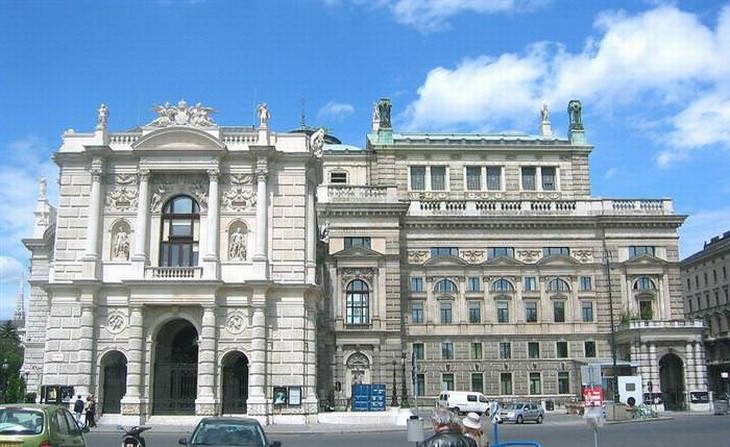 The impressive sculptures on the exterior of the Burgtheater
The impressive sculptures on the exterior of the Burgtheater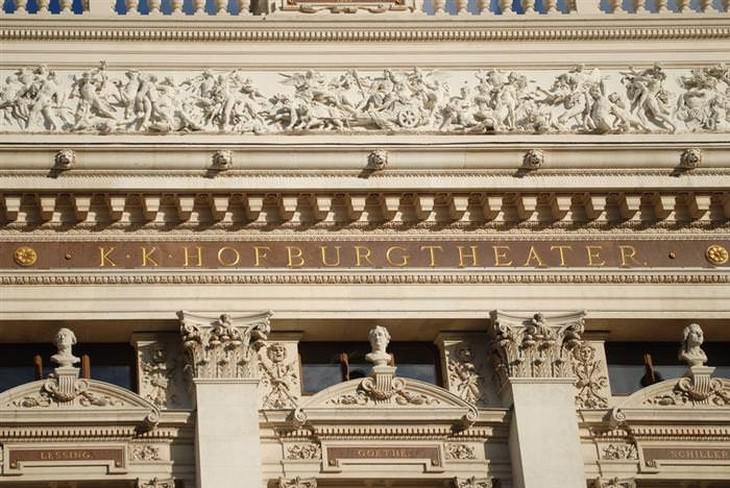
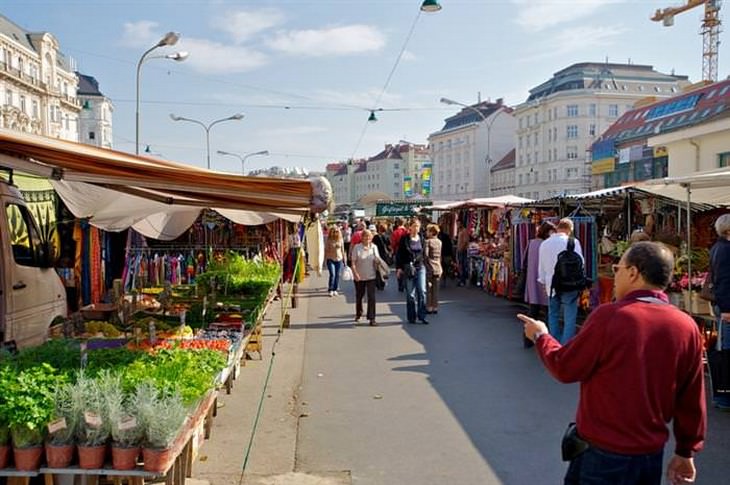
Naschmarkt is the most popular market in all of Vienna. It is located next to the Wien River and is 1.5 km long. The market has been active since the 16th century, when it sold mainly bottles of milk. Today, however, you’ll find an array of fresh fruits and vegetables from all over the world, exotic herbs, local pastries and more. The market also contains a number of small restaurants where you can enjoy grilled meat or more traditional Viennese food such as Kaiserschmarrn – a delicious shredded pancake, which was regularly eaten by Austrian Emperor Franz Joseph I. On Saturdays, the market spreads further and the flea market opens, which is definitely worth seeing as well.
Naschmarkt in 1900 Kaiserschmarrn - a traditional Austrian dessert
Kaiserschmarrn - a traditional Austrian dessert
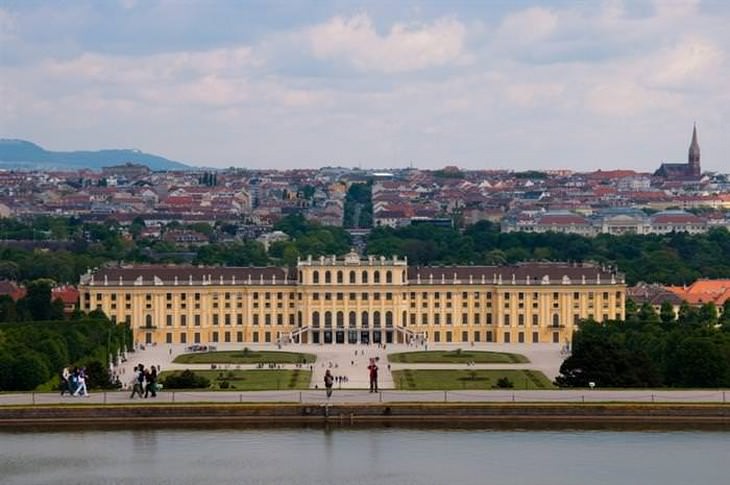
Schönbrunn Palace has 1,441 rooms and is equal to the size of the French palace of Versailles. This is one of the most popular tourist sites in Vienna and was declared a UNESCO World Heritage Site in 1996. The palace was built between 1696 and 1712 at the request of Emperor Leopold I and was also the royal residence of Maria Theresa, who redesigned the palace in the Rococo style. The palace offers a host of attractions, including flower gardens, a hedge maze, the Gloriette vantage point, and the oldest zoo in the world - the Schönbrunn Zoo.
Opening hours (ticket sales begin at 08:15):
A hedge maze at Schönbrunn Palace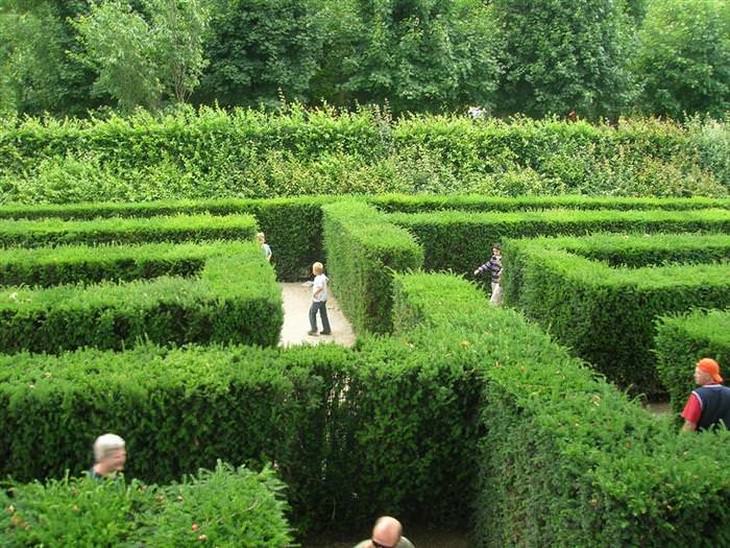 The Gloriette - a marble structure that glorifies the hill behind the Schönbrunn Palace
The Gloriette - a marble structure that glorifies the hill behind the Schönbrunn Palace
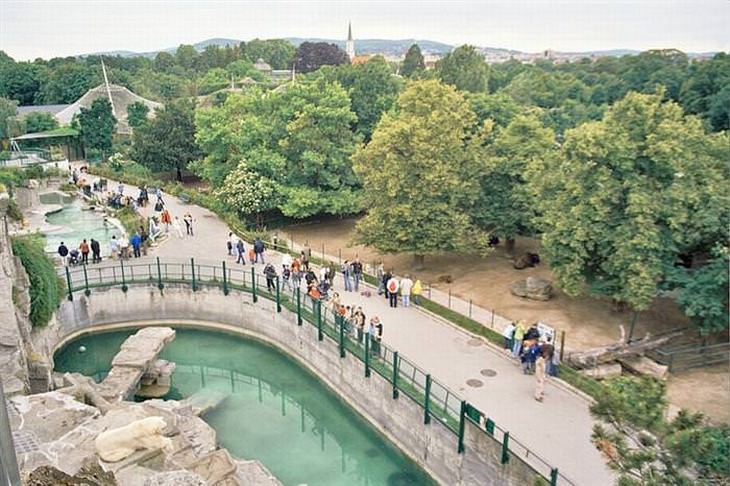
This Viennese Zoo is named after the place where it is located, Schönbrunn Palace, and its the oldest zoo in the world. The zoo has been active since 1752, when it was founded by Emperor Francis I. Baroque buildings of this period still stand today in the zoo, making it one of the most fun and impressive throughout Europe. This zoo has more than 750 species of animals, but the highlight is the cute panda bears and their cubs, as well as the Interactive Rainforest Pavilion and the impressive aquarium.
Opening Hours:

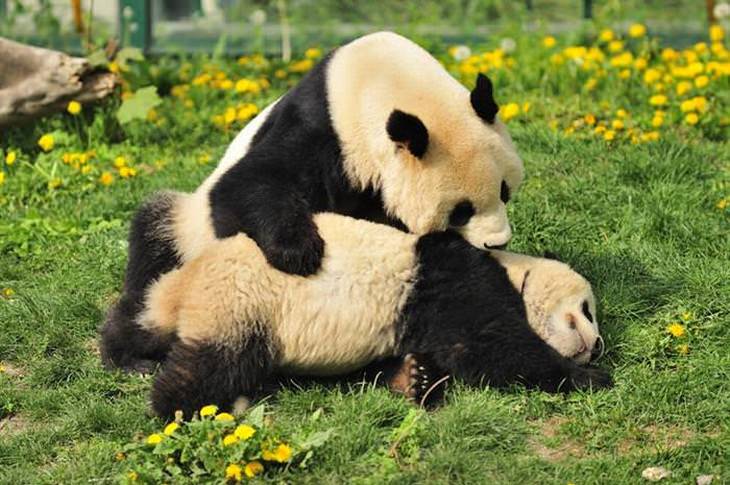
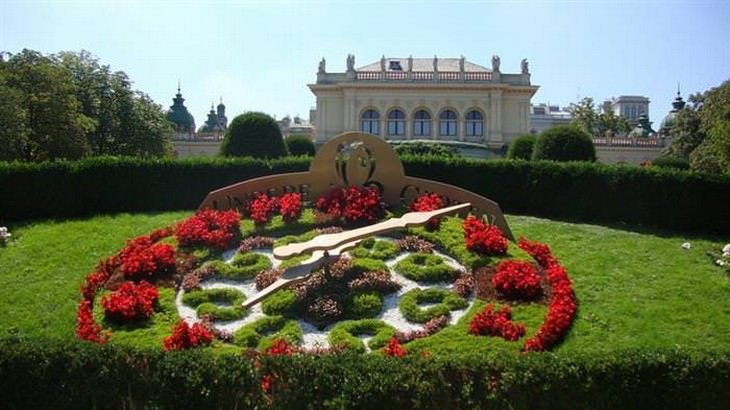
Stadtpark is a 28-dunam urban park with many sculptures depicting well-known artists, writers, and composers such as Franz Schubert, Johann Strauss, Anton Bruckner, and others. In the park, you can also see a spa pavilion where sick people were treated with the mineral water that flowed to it, and the stage where Johann Strauss held his first concert in October 1868.
A statue of Franz Schubert Statue of Johann Strauss
Statue of Johann Strauss
